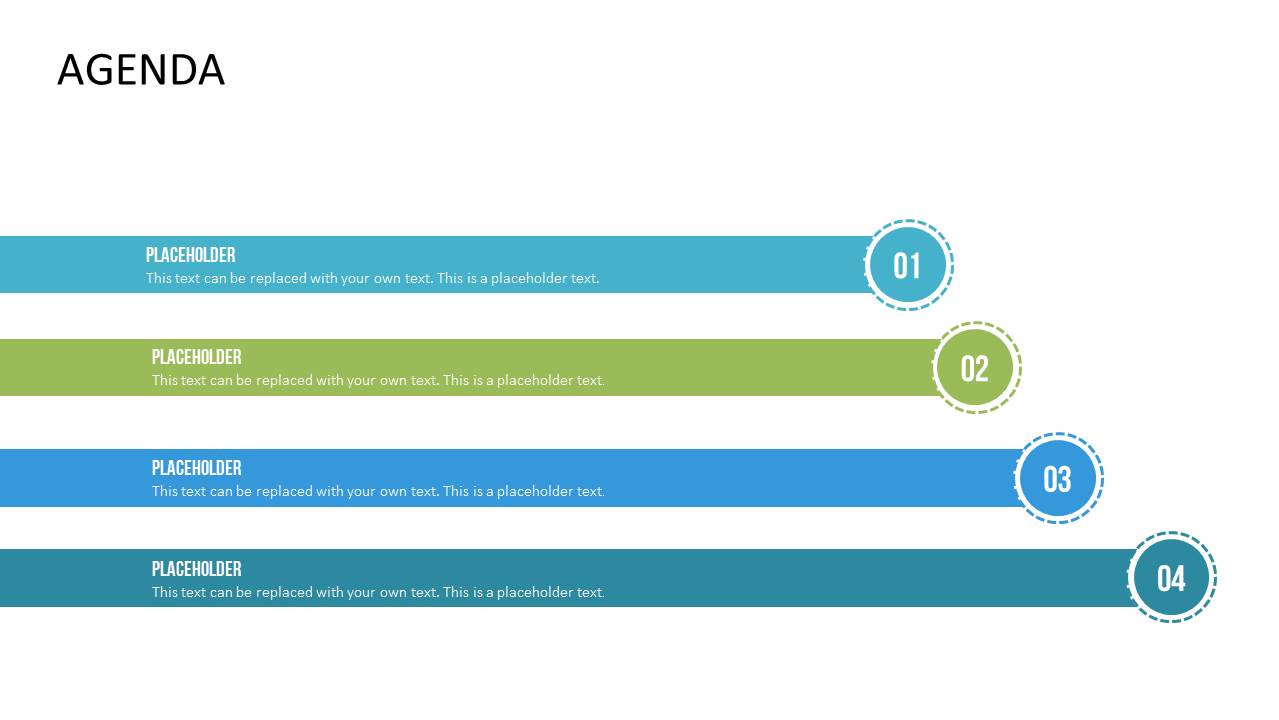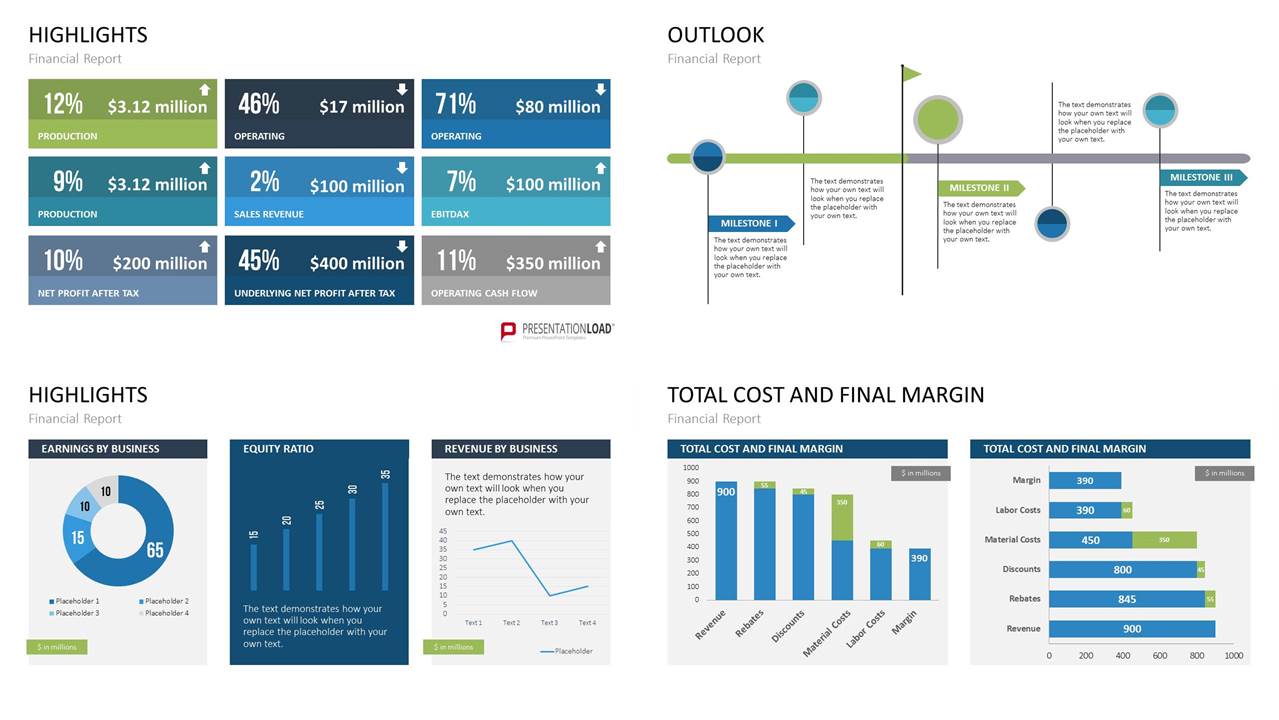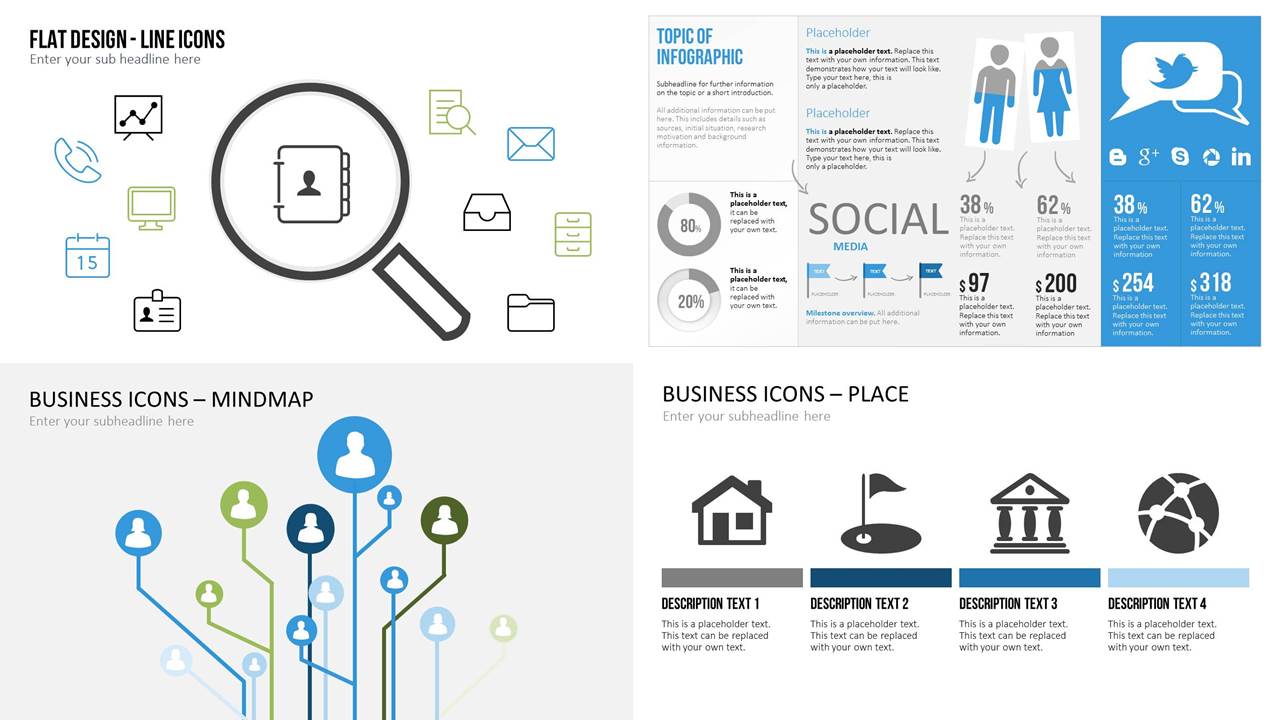Get Inside Their Heads: Planning Your Presentation Around Your Target Audience
Guest blog article by PresentationLoad.
The moment has arrived. Your boss has just asked you to give a presentation at the next department meeting. Or maybe you have been asked to speak at a conference. Either way, you need to prepare for a presentation that will leave a lasting impression on your audience. But what exactly will get their attention? Before you can even begin planning, you need to get inside your audience’s head.
The good news is that you don’t have to start from scratch. First, you should realize that you aren’t addressing the needs of the entire audience, but only the select target group. Once you have that in mind, you can break the group down into four possible attitude types.
No Nonsense
This target group usually consists of higher-up executives. These people tend not to beat around the bush and want their time used efficiently. The bottom-line is their priority, so your presentation should have content that strongly supports data and shows results. Also, stay neutral and just stick to the facts.
Details, Details, Details
These people also have a no-nonsense attitude, but want to know every exact detail of what you’re presenting. Unlike the group before, this audience has all the patience in the world to go through every piece of data, study each analysis, and weigh the pros and cons. Slow-paced presentations that are heavily loaded with charts, graphs, supported evidence, and logic appeal to this group.
Big Picture
These people are enthusiastic and love to participate in group activities. They enjoy personal interaction and hearing testimonials of well-respected people related to the topic. Unlike the group before, they aren’t too interested in fleshing out any details but prefer to see (and ultimately be a part of) the big picture.
Low Maintenance
This audience is patient and laid-back. They prefer your presentation to be delivered on a more personal level that promotes building relationships, is low pressure, and is non-judgmental. They tend to like little or no change required of them and rather continue to perform at the same level they are used to. They are dedicated and reliable, so there is no need for theatrics to motivate them.
1. Define Your Objective
This first step should be pretty clear – what is the reason for your presentation? Are you giving a report? Are you proposing a new strategy? Are you promoting innovative thinking or creativity? Establish a concrete objective before anything else. Then you can bring your audience into the mix.
2. Find Your Angle
Some start planning a presentation without any regard to their target audience. Can you imagine how disastrous it would be if you presented a 3-hour “how-to” session to a board of directors? Needless to say, it would probably be your last. Finding the best approach to convey your content is just as, if not more, important than the content itself. This brings us back to our four groups.
Let’s start with the “No Nonsense” group. Perhaps you’re delivering a pitch. Or maybe you’re giving an annual review. The best strategy is to assume you will have the shortest time imaginable to “wow” them with your presentation. Their day is probably jammed packed with meetings. You need to get to your point and have definite strategies and solutions all within a short time frame. Remember, it is all about the results with these folks. If this is an annual finance review, show the numbers. If this is a sales pitch, show the profit potential. Get everything out on the table so they can ask their questions and move on to their next appointment. Don’t try to be overly friendly or butter them up, just stay professional.
With a detailed-oriented group, your presentation needs to take a step-by-step approach. This includes educating/training purposes, such as implementing a new system or showing your staff how to use new software. Your angle is “learning by doing.” These people need to understand the process, roles, responsibilities, etc. This can take anywhere from a few hours, to a full-day seminar depending on the topic.
There should be a totally different tactic for the “Low Maintenance” crowd. Perhaps there isn’t even need for a formal presentation, because these people feel much more comfortable with a more personal approach. For example, your small team is meeting with you to review the last project. You don’t need to give an official speech while showing extensive slides on a projector. It would be better to sit around a table with everyone’s laptops or tablets for a more conversational feel. If you insist on creating a few slides for this, it would be better to link it to SlideShare for your team to view on their devices.
3. Set Your Structure
Once you know the angle, you can work out your key points and develop your content. As a rule of thumb, try to keep your ideas to a minimum – no more than three. Depending on the audience, decide whether your presentation should be more text-heavy or have animations and images. Is your information complex? Perhaps using infographics, icons, or other visuals will make it easier to grasp. (To find ready-made infographics of various business topics, visit the PresentationLoad shop, keyword: infographics.)
4. Design Your Slides
Once you have your content structure, you can get started on the design. Depending on your audience, you may need to adjust the amount of content on each slide. Stick with the “less is more” motto. Make sure images are high-quality and video sizes are not too large.
5. Know Your Style
Speaking in front of people doesn’t come easy and requires practice. It’s good to learn from watching other presenters to help you gain ideas for your own presentation. Be sure to rehearse your speech a few times before the big day. It also helps to perform in front of a mock audience who can give you constructive feedback afterwards. Just remember, be yourself. Whether you work better with note cards or visual cues, stick with what works. You don’t want to copy anyone’s presentation style, and you don’t want to sound like an over-rehearsed robot. Stay authentic!
6. Evaluate Your Feedback
After you give your presentation, you should always allow the opportunity to get feedback from your audience. Taking a few minutes to speak with people or distribute a questionnaire can help determine what worked and what needs improvement. If you prefer not to ask your audience for feedback, another option is to record your presentation on video. (Make sure you have permission to do this.) Watching yourself is the best way to see which of your mannerisms looked authentic and which seemed unnatural. You can also see how the audience reacted to your content and presentation design.






Thank you for your ppt
thank you very much…Good Luck!
type of audience decide the kind of presentation. discuss
Thank you
This information is VERY helpful!! Thank you so much for sharing!